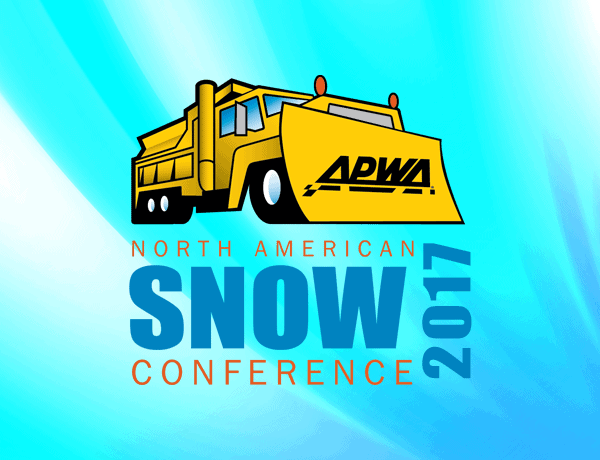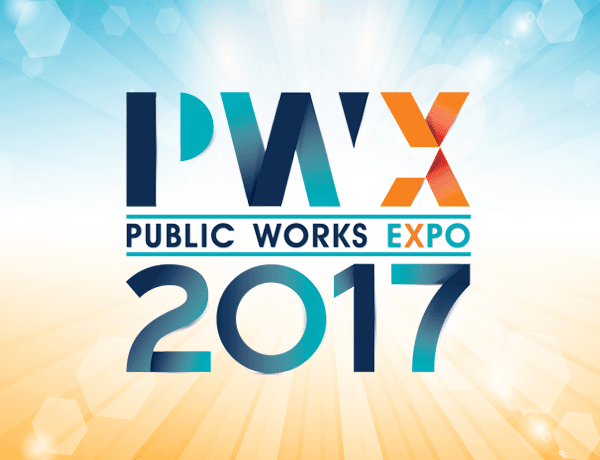Video
The past two decades have seen a dramatic increase in societal awareness regarding the implications of climate change. While there is still debate on the methods and quality of some…
Read MoreKeeping your snow-fighting equipment in top shape is a continuous process that begins when the last snow of the season has fallen. This fleet-focused session provides tips on how to…
Read MoreDoes your agency want to install a brine system but you don't know where to start? This session discusses all of the aspects of a brine system. We discuss what…
Read MoreThe Province of Alberta produces 69% of Canada's annual fed-cattle output. Alberta is often called feedlot alley. With these types of intensive operations, getting products to market has an overwhelming impact on Lethbridge County's road and bridge infrastructure. The county identified that it required an additional $3.5 million per year for the next 35 years to upgrade and maintain its infrastructure. Using an extensive public consultation process, the county developed a ""funding our future"" program that adapted level of service standards to prioritize the market access network and develop risk mitigation strategies. This session will provide a good example of how an asset management plan can assist in communicating to residents the public works and infrastructure priorities needed for continuing economic success.Learning Objectives: Examine how level of service data can assist public works directors with their infrastructure deficit planning.Engage elected officials in the asset management process.Expand awareness of public consultation solutions to help plan for funding priorities.
Read MoreWe are reaching the tipping point for a profound change in how people will move and connect with each other. Stand-alone, mechanically-controlled, petroleum-fueled vehicles will soon be replaced by electrical, interconnected, and electronically-controlled modes of transportation. The resulting improvements in our mobility, efficiency, comfort, and social inclusion will change the way we live. Change as drastic as this will not advance smoothly but in pulses of activity. It will require tremendous planning and life adaptation. From the use, capacity, and design of transportation infrastructure to the development of new rules and regulations, there are many things that we need to be prepared for. Policy makers at the federal, state, and local level are not keeping up with the rapid advancements in technology and social expectations. Join in this discussion of how public works can accelerate our efforts to catchup.Learning Objectives: Inform you about fast-approaching and critical impacts of AV industry on our day to day life and environment.Explore AV technology.Encourage to expedite creation and implementation of policies, rules, regulations and planning to address impacts of AV.
Read MoreThe winter storm battle in the Southeast is usually confined to an 8-10 week period. Forecasting for this region can be troublesome as a small variance in temperature of only 1 to 2 degrees can impact road conditions. Since winter storm events are often short in duration, budgets are usually inadequate for obtaining the appropriate winter maintenance materials and equipment. Join in this discussion of how public works departments in the Southeast meet this challenge.Learning Objectives: Make confident decisions when planning for the uncertainties of weather events.Develop training and scheduling procedures for short-term winter weather events.Collect forecast data from several sources to make more informed decisions.
Read MoreAPWA's Fleet Services Committee has planned a very special learning opportunity for Fleet professionals. This program will consist of 4 separate presentations that will feature practical solutions on the issues facing Fleet departments in today's world. You may attend just those presentations that meet your immediate needs or join us for the full day of programming. If you are interested in obtaining CEU credit for those presentations that you attend, please see the volunteer monitors in the room and have your badge scanned after each presentation.Find out how to research and write equipment specifications, conduct the bid process, and negotiate training for your staff as part of the purchasing process.Learning Objectives:Write better equipment specifications.Determine how to manage the bid process.Negotiate the contract to include staff training.
Read MoreAs the saying goes, the future is now! Technologies that seemed futuristic to the average person 5-10 years ago are already part of everyone's work and personal experience. Is your agency currently planning for or implementing any of these strategies?Developing infrastructure to support autonomous cars Repurposing underused utility and traffic signal infrastructure to provide broadband services Adopting pedestrian detectors and crowd management tools that sense cell phone presence Using parametric, predictive, adaptive controls that create ""super streets"" to reduce congestion and improve safety Planning for how the shared economy for cars, bikes, and housing will impact future infrastructure needsNow is the time to get up-to-speed on these and other approaches and technologies.Learning Objectives:Identify emerging technologies, best practices, urban planning approaches, and resource management methods.Help governing bodies see the opportunities, costs, benefits, and unintended consequences of adopting some new technologies.Acquire the skills to compare, design, and implement new transportation, utility, and traffic management techniques.
Read MoreIn this session, you hear about the snow and ice control operations of the City of Dubuque, Iowa. It covers activities related to storm preparation, anti-icing, deicing and removal operations.…
Read MoreManaged turf usually scores negatively for environmental stewardship and sustainability. Turf requires routine fertilization, watering, mowing, and weeding. In 2013, Chesterfield County, Virginia, established an experimental urban orchard to replace managed turf space. It is now a great example of sustainable practices through its use of native Virginia fruit and nut trees to provide an edible landscape in a suburban/urban environment. Multifunctional plant mats catch and store rainwater during the rainy season, then they slowly release the water back into the tree roots over the next several weeks or months. The orchard is open to the public 24/7, and educational events are offered to gardeners, school children, and other groups.Learning Objectives: Promote sustainability through urban forestry.Provide an example of sustainable practices to the public through an urban orchard.Provide novel public education opportunities as part of an overall urban forestry program.
Read More
